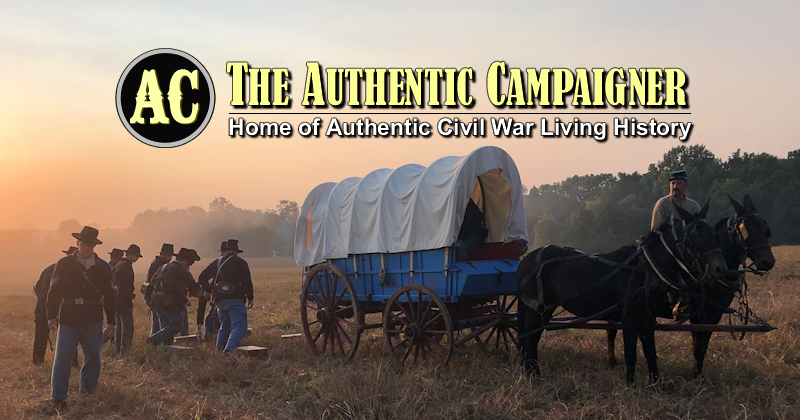Kameraden!
what kind of sugar did they use in the CW?
Was it brown or white? Made from sugar beet or sugar cane?
Does anybody know?
Regards
Jan H. Berger
what kind of sugar did they use in the CW?
Was it brown or white? Made from sugar beet or sugar cane?
Does anybody know?
Regards
Jan H. Berger



Comment